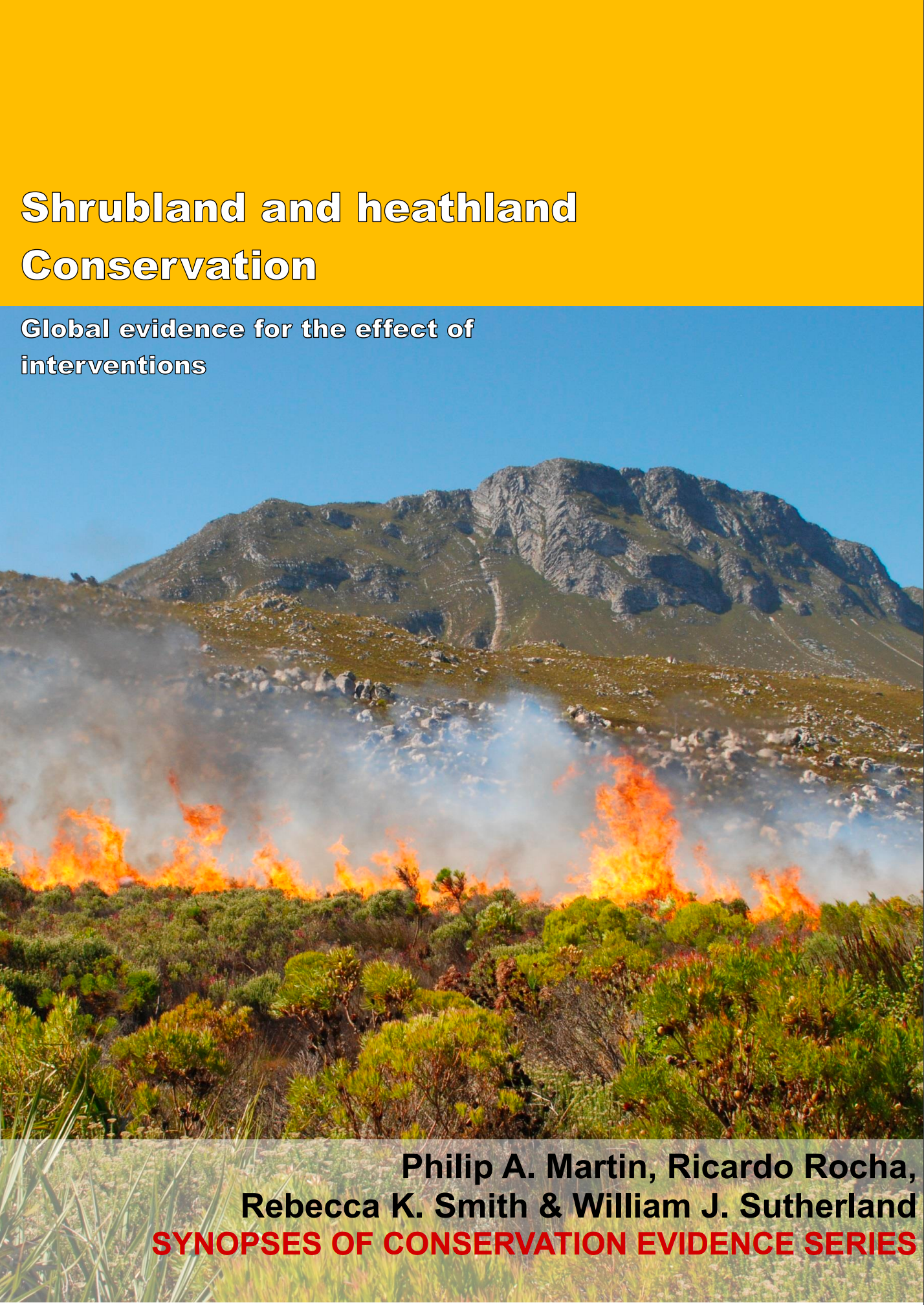Add gypsum to soil (alongside planting/seeding)
-
Overall effectiveness category Unknown effectiveness (limited evidence)
-
Number of studies: 1
View assessment score
Hide assessment score
How is the evidence assessed?
-
Effectiveness
30% -
Certainty
10% -
Harms
0%
Study locations
Supporting evidence from individual studies
A randomised, controlled study in 1994–1998 in a succulent karoo shrubland in Western Cape, South Africa (Beukes & Cowling 2003) found that applying gypsum, followed by sowing the seeds of shrubland species increased the number of seedlings of these species, and increased seedling survival of one of two species. Applying gypsum followed by sowing the seeds of the species Karoo bietou Tripteris sinuata, Spiny ruschia Ruschia spinosa and Gha grass Chaetobromus dregeanus increased the number of seedlings of these species compared plots where unmulched, unseeded plots (data not provided). Applying gypsum followed by seeding increased the survival of seedlings of Karoo bietou relative to areas that where gypsum had not been applied and that were not seeded (data not provided), but there was no difference in the survival of Gha grass. In 1994 eight 12.5 m2 plots were established. In four plots gypsum (CaSO4) was applied at a rate of 5 tonnes/ha, followed by sowing of the seeds of shrubland species. In the other four plots no mulch was applied, and no seeds were sown. Seedlings in each plots were counted annually between 1994 and 1998.
Study and other actions tested
Where has this evidence come from?
List of journals searched by synopsis
All the journals searched for all synopses
This Action forms part of the Action Synopsis:
Shrubland and Heathland Conservation
Shrubland and Heathland Conservation - Published 2017
Shrubland and Heathland synopsis





)_2023.JPG)














